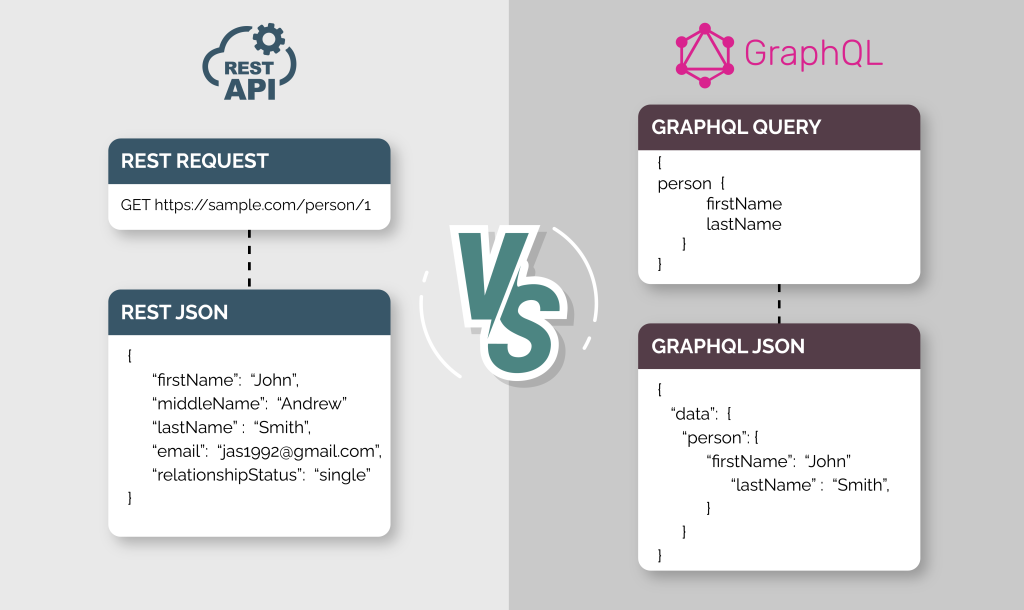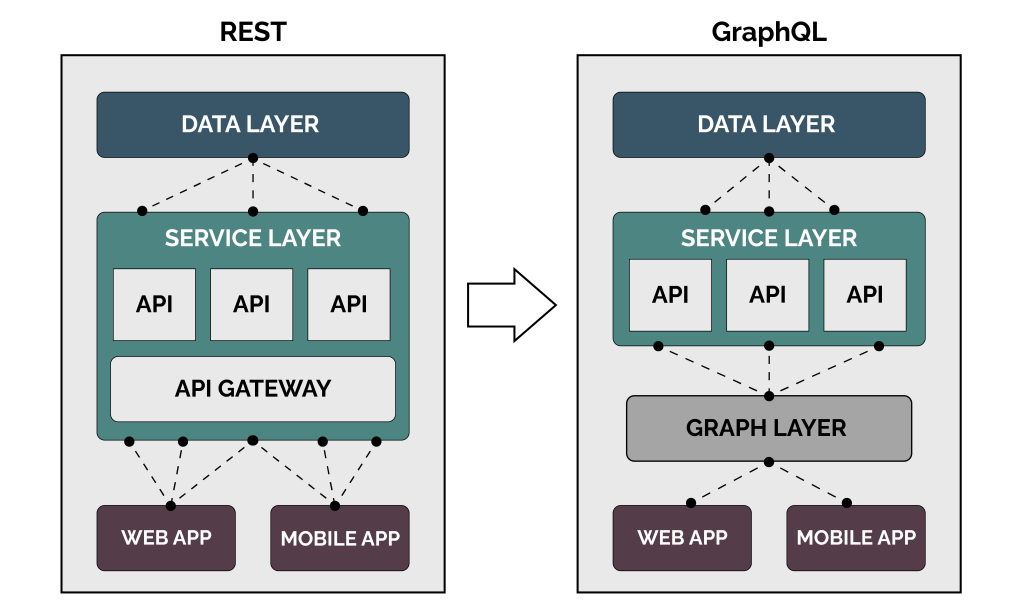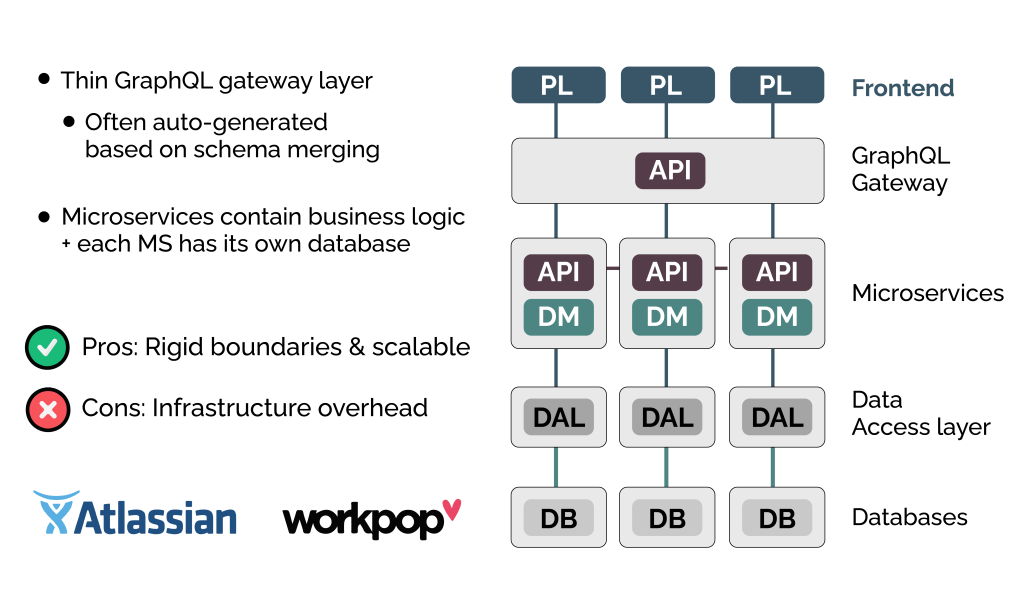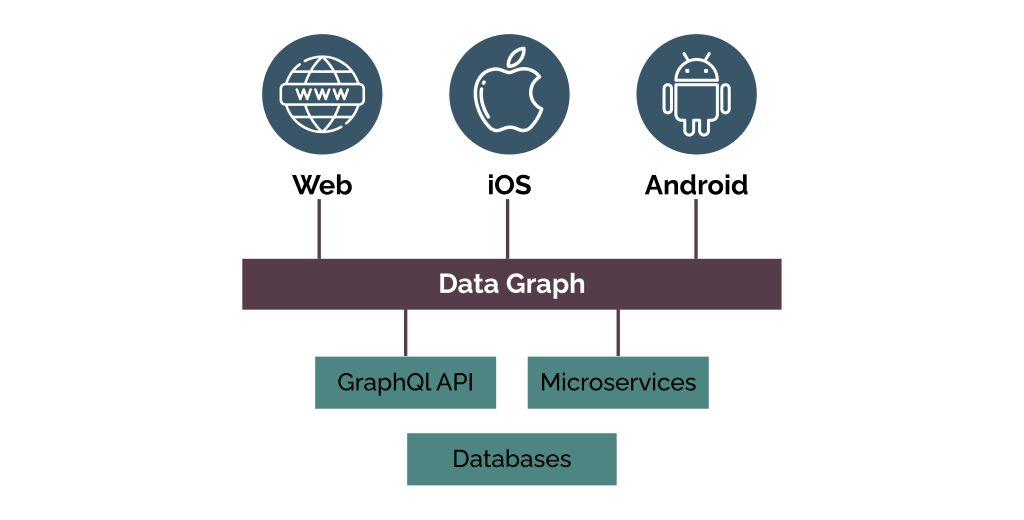Introduction
GRANDstack is a combination of technologies that combine to enable software developers to build data-intensive, full-stack applications. It is a new generation framework with notable advantages on other such tech stacks, such as the ability to ship apps across platforms much faster, deliver consistent, high-quality UX, ease the transition to microservices and centrally manage and secure entire APIs more seamlessly than alternatives such as the REST (Representational state transfer) method. REST is a software architectural style created to guide the design and development of the architecture for the World Wide Web. REST defines a set of constraints for how the architecture of an Internet-scale distributed hypermedia system, such as the Web, should behave.
GrandStack, meanwhile, is an acronym for the different components that make up a full stack tech combination, which are:
● GraphQL – A new paradigm for building APIs, GraphQL describes data and enables clients to query it.
● React – A JavaScript library for building component-based reusable user interfaces.
● Apollo – A suite of tools that work together to create great GraphQL workflows.
● Neo4j Database – The native graph database allows you to model, store, and query your data the same way you think: a graph.
The combination of these technologies can offer huge benefits when it comes to the success of your application. In this article, we will break down each of the components of GrandStack in more detail to explain how they work and what they offer as part of the combination. By the end of this article, you’ll understand all about how GrandStack works and why and how it can benefit your business or software project.
The Components of GrandStack
GraphQL
The ‘G’ of GrandStack, GraphQL is an open-source data query and manipulation language for APIs and a runtime for fulfilling questions with existing data. GraphQL was developed internally by Facebook in 2012 before being publicly released in 2015.
Its Schema Definition Language is language agnostic, making it incredibly versatile in interacting with other technologies. For example, GraphQL enables you to wrap a REST API, offering organizations with a lot of investment in existing REST architectures a quick, low-investment way to reap the efficiency gains on GraphQL without significant up-front investment.
 React
React
R is for React. React is a free and open-source front-end JavaScript library for building user interfaces or UI components. It is maintained by Facebook and a community of individual developers and companies. React can be used as a base in the development of single-page or mobile applications. In the GrandStack, React is used for the front-end and handles requests and responses via the Apollo Client React integration, sending them to and receiving them from the GraphQL server.
Apollo
Apollo is a powerful tool whose primary use is making GraphQL easier on the client-side of the server. Apollo Client is a client-side JavaScript library for querying the GraphQL API from the app and handles interactions with the React front end.
It is popular because it offers declarative data fetching, zero-configuration caching, and the ability to combine local and remote data, all of which simplify data management.
Neo4j Database
The ‘N’ and the ‘D’ of GrandStack come in the form of the Neo4j Database. Neo4j is a graph database management system. Described by its developers as an ACID-compliant transactional database with native graph storage and processing, Neo4j is available in a GPL3-licensed open-source “community edition,” with online backup and high availability extensions licensed under a closed-source commercial license.Neo4j delivers lightning-fast read and write performance while protecting data integrity. It is the only enterprise-strength graph database that combines native graph storage, scalable architecture optimized for speed, and ACID compliance to ensure the predictability of relationship-based queries.
So that’s GrandStack. Why should you use it?
The above definition touched briefly on some of the benefits of every component and how they interact with each other. However, we see there as being four primary reasons for businesses to utilize GrandStack.
1. Modernize your APIs with GraphQL
GraphQL offers many modern upgrades over a traditional REST API architecture. For example, it enables data to be obtained through a single endpoint and allows you to inspect the API to work out what you can query. With the proper knowledge, you can also make incremental changes to the result in data points without ending up with ‘versioned’ endpoints. If all this sounds too technical, the implications of these abilities are, in short, that GraphQL helps you centrally manage and build super-powerful APIs, which will ultimately make the products and services you produce on top more appealing to your customers. In addition, GraphQL also offers the ability to build flexible public APIs that enable new applications. In contrast, architectural styles such as REST require constant API customization and often result in misuse, resulting in a low level of confidence in hundreds of REST endpoints.

2. Simplify your application development
Building on that last point, GrandStack also helps to simplify the development of new applications. GrandStack makes it easier for software developers to use the range of technologies they need simultaneously. Usually, developers don’t have access to these integrations, and it can be complicated to get siloed technologies to interact effectively, thus complicating the overall app development process.
 3. Develop UI and business logic – simultaneously
3. Develop UI and business logic – simultaneously
The ability for developers to use these technologies simultaneously is another benefit: you can build User Interfaces while writing the business logic code that governs how data is created, stored, and used. This means that the real-world rules your business runs can be encoded into the User Interfaces you build, simplifying the process of data management and compliance.

4. Easy refactoring
As we’ve already hinted at, GrandStack’s full-stack integration enables the easy management of complex data. This also includes making refactoring of data much easier than it would be using siloed technologies. Refactoring is the process of changing a software system so that it does not alter the function of the code yet improves its internal structure. This can enhance the speed of improvements and enhancements and reduce the costs associated with downtime.
Conclusion
GrandStack can revolutionize full-stack development and certainly offers numerous benefits to those developing software for their businesses. The development of applications and the ability to manage complex data loads is becoming ever-more crucial across all industry verticals as the era of Big Data accelerates. That means GrandStack could play a significant role in the years to come.
Reach out to our experts to learn more about GrandStack, how it works, and what it could bring to your development.


